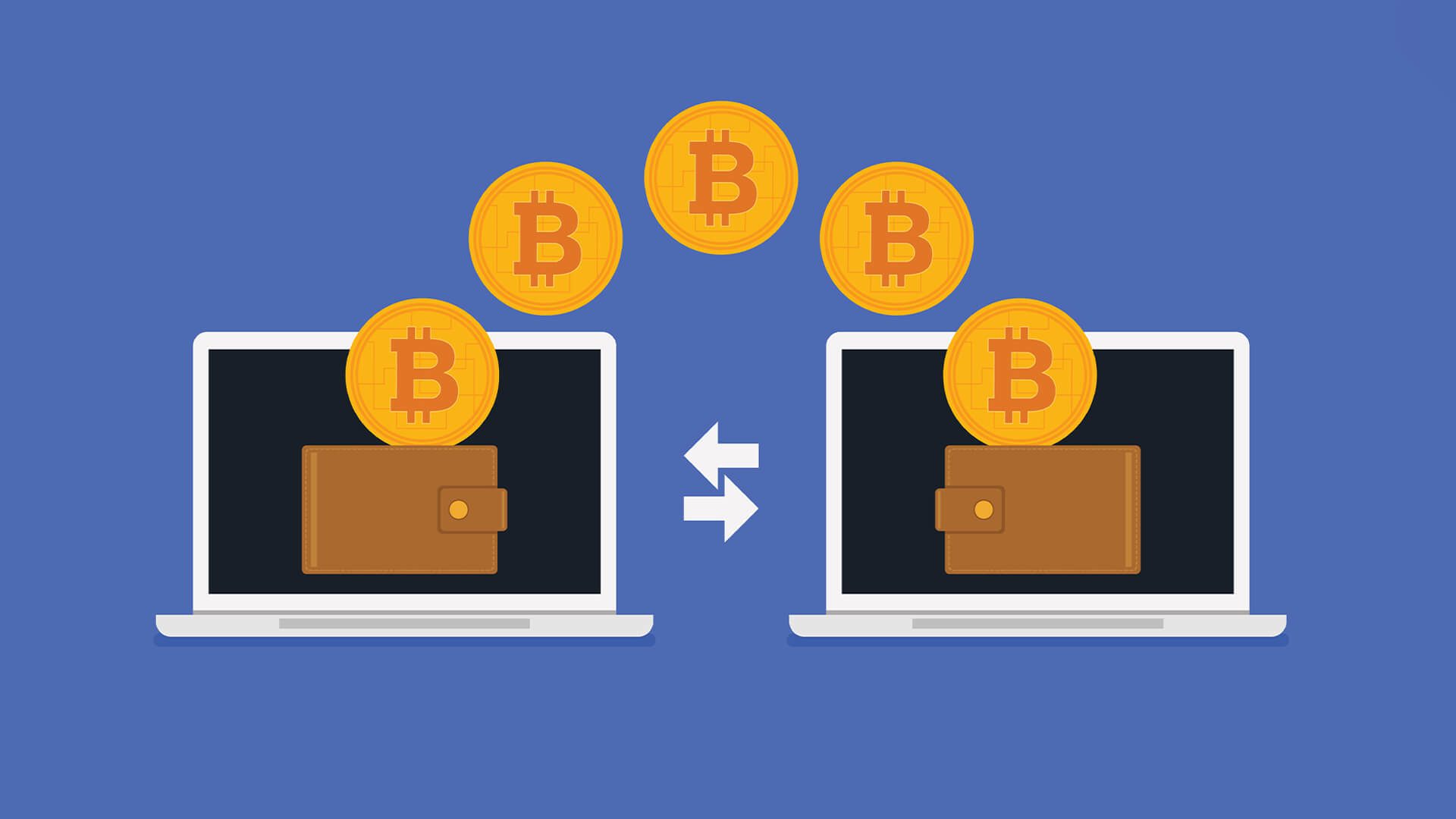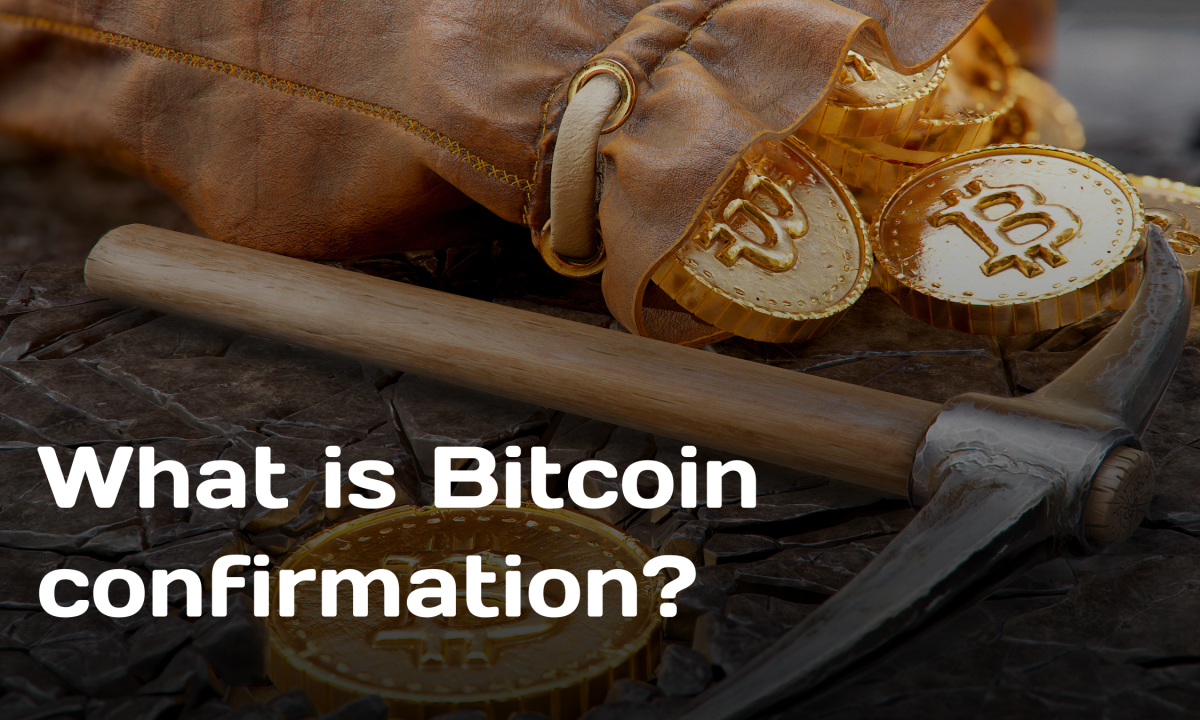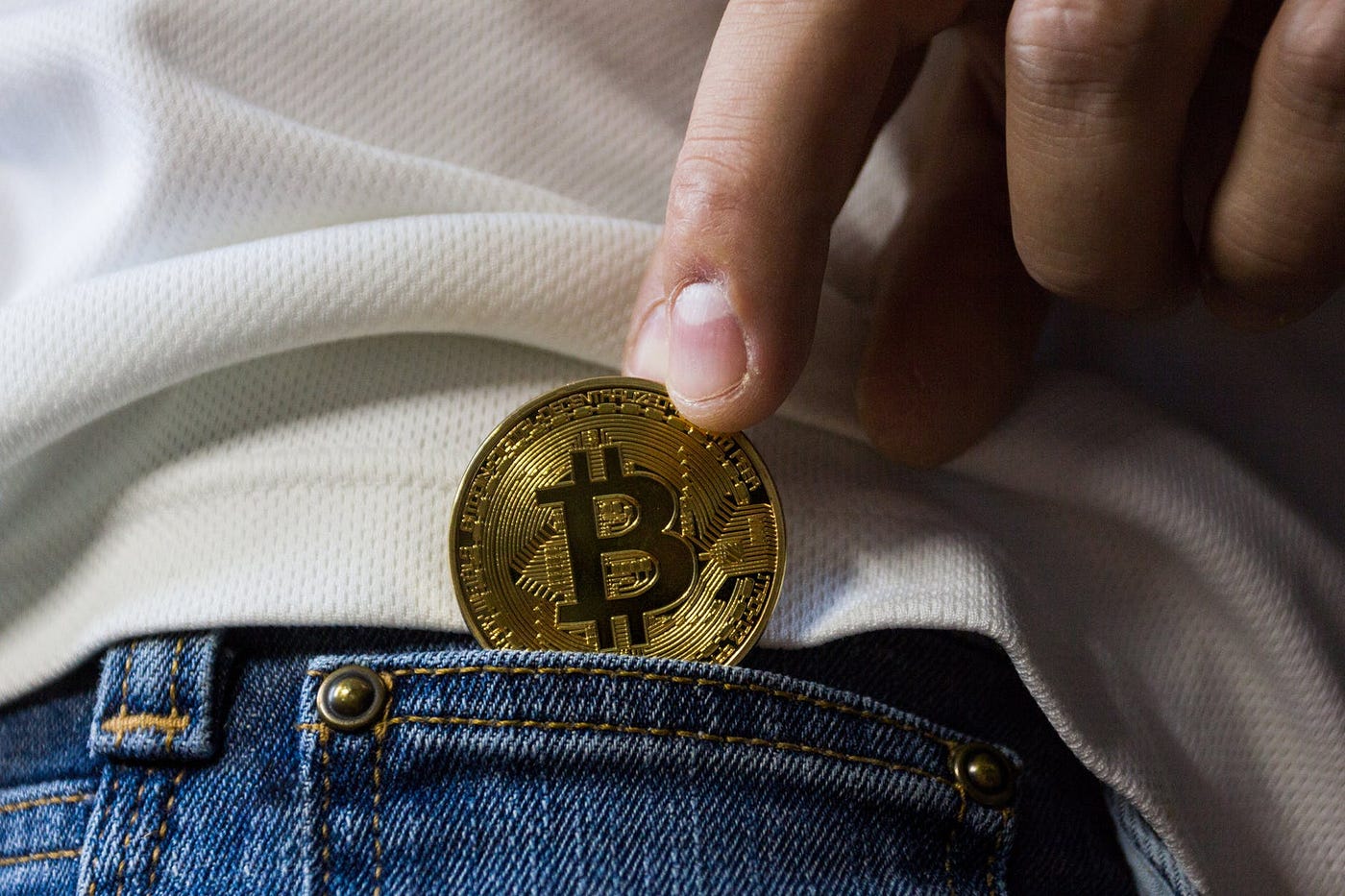How Many Confirmations For Bitcoin Are Enough For A Transaction In 2024?
Confused about "how many confirmations for bitcoin"? This ultimate guide unravels the mystery, ensuring secure & speedy transactions every time.
Author:James PierceReviewer:Camilo WoodFeb 02, 2024143 Shares28.6K Views

Bitcoin, the inaugural decentralized cryptocurrency, utilizes a distributed ledger known as the blockchain for recording and validating transactions. Whenever a Bitcointransaction is made, it is incorporated into a block. This block is subsequently appended to the blockchainvia the process of mining.
However, the question arises: how can the validity and irreversibility of a Bitcoin transaction be guaranteed? This is the role of confirmations. So know right now how many confirmations for Bitcoinare required!
Get To Know About Bitcoin Confirmations
Within the realm of Bitcoin, a confirmation signifies the inclusion of a transaction within a block on the blockchain.
Each block contains multiple transactions, and the integration of a block into the blockchain serves as a confirmation of all its transactions.
The number of confirmations is indicated by the count of blocks that have been appended to the blockchain subsequent to the block containing the transaction.
Bitcoin Confirmations Functioning Way
There are multiple stages involved in the transaction confirmation process:
- Initiating a Transaction -When a user starts a Bitcoin transaction, they craft a message that specifies the recipient's address, the amount to be transferred, and any other pertinent details of the transaction.
- Spreading the Transaction -This transaction message is then disseminated across the Bitcoin network. It's picked up by various nodes and further transmitted to additional nodes, ensuring the transaction's broad distribution throughout the network.
- Incorporating Transactions into a Block -Miners gather a group of pending transactions, termed the mempool, and engage in a competition to resolve a complex mathematical problem. The miner who first successfully solves this puzzle gets to add a new block to the blockchain, encompassing the chosen transactions.
- Validating the Block -The rest of the miners and nodes within the network undertake the task of verifying the authenticity of the newly incorporated block. They do this by ensuring that the included transactions adhere to necessary standards, like having valid digital signatures and adequate funds. Such verification is crucial for maintaining the blockchain's integrity.
- Number of Confirmations -The confirmation count of a transaction rises with each new block added to the blockchain following the block that includes the transaction. The higher the number of confirmations, the more secure and irreversible the transaction is considered.
How Many Confirmations For Bitcoin Do You Need?
The required number of confirmations for a Bitcoin transaction to be considered secure varies depending on several elements. These factors encompass the size of the transaction, the recipient's tolerance for risk, and the rules set by exchanges or service providers.
Below are some basic recommendations for the ideal number of confirmations, depending on the value of the transaction:
- 0 Confirmations -When a transaction has 0 confirmations, it implies that although it's been sent out to the network, it hasn't been incorporated into a blockchain block yet. Transactions without any confirmations are still in a provisional state and can potentially be reversed. It's usually advised to wait for at least one confirmation before treating a transaction as valid.
- 1 Confirmation -For small Bitcoin transactions, usually those under $1,000 in value, a single confirmation often suffices. Although one confirmation doesn't guarantee complete security, it offers a decent amount of certainty for transactions of lower value.
- 3 Confirmations -For bigger transactions, particularly those ranging from $1,000 to $10,000, it is often advised to wait for three confirmations. A majority of exchanges and service providers insist on a minimum of three confirmations before the recipient's account is credited with the funds.
- 6 Confirmations -The standard norm for most transactions, especially for larger sums between $10,000 and $1,000,000, is to wait for six confirmations. At this stage, the transaction is deemed highly secure, with a very minimal chance of a successful double-spend occurring.
- 60+ Confirmations -In cases of extremely large transactions that exceed $1,000,000, recipients may opt for over 60 confirmations as an extra precaution. Although the probability of a successful double-spend is already quite low after six confirmations, increasing the number of confirmations can further diminish this risk.
Typical Confirmation Duration For Bitcoin Transactions
The amount of time it generally takes for a Bitcoin transactionto get its initial confirmation can fluctuate based on multiple elements.
Key factors that may affect the time for confirmation include:
- Network Traffic -When there's a surge in transaction activity, like in bull markets or periods of heightened network usage, the Bitcoin network might become congested.
- Bitcoin Transaction Fee -The fee associated with a Bitcoin transaction plays a role in determining its position in the queue for mining. Transactions offering higher fees are given priority by miners, as these fees are rewarded to them upon successful block mining.
- Total Network Hash Rate - The hash rate of the Bitcoin network, indicative of the total computing power engaged in mining, also influences confirmation durations.
An increased hash rate signifies more miners are in competition to resolve the mathematical challenges necessary to add new blocks to the blockchain. This competition can lead to quicker creation of blocks, thereby potentially shortening the time needed for confirmations.
While the average time for generating a block is about 10 minutes, the confirmation time for individual transactions can differ. It's crucial to keep an eye on the state of the network and modify your expectations based on current conditions.
Checking Bitcoin Confirmations
Below are two widely used approaches for checking Bitcoin confirmations:
Utilizing A Block Explorer
Block explorers are robust tools designed to enable the examination and analysis of the Bitcoin blockchain.
These platforms offer in-depth insights into individual transactions, blocks, and the blockchain's current status.
To ascertain the number of confirmations for a particular transaction, you can take the following steps:
- Acquire the Transaction ID (TxID) -Each time you conduct a Bitcoin transaction, your wallet or exchange platform should supply you with a unique transaction ID. This ID is an alphanumeric sequence that distinctively identifies your transaction.
- Access a Block Explorer -Launch a web browser and go to a well-known block explorer website, like blockstream.infoor blockchain.com.
- Input the Transaction ID -Find the search bar or the function for searching transactions on the block explorer's site. Insert your transaction ID into this search bar and start the search.
- Examine the Transaction Information -The block explorer will present comprehensive details about your transaction, such as how many confirmations it has obtained. Additionally, you can delve into more specific information like the inputs and outputs of the transaction, the fee involved, and the addresses that are part of the transaction.
Wallet Alerts
Certain Bitcoin wallets come equipped with integrated notifications or status indicators to keep you informed about the advancement of your transactions.
These alerts are designed to notify you when a transaction achieves its initial confirmation, allowing you to stay informed about the confirmation progress without the need for manual checks on a block explorer.
Frequently Asked Questions - How Many Confirmations For Bitcoin
What Is 12 Confirmations In Bitcoin?
Coinbase requires at least 12 confirmations for Bitcoin Cash (BCH) deposits. The number of confirmations needed varies from cryptocurrency to cryptocurrency, but 12 is pretty standard for BCH on Coinbase.
Can A BTC Transaction Fail?
A Bitcoin transaction can fail or get “stuck” for a variety of reasons: Insufficient fees — If the fee you include is too low, miners may ignore your transaction and it won't confirm.
Is BTC Payment Safe?
Cryptocurrency is considered more secure than credit and debit card payments. This is because cryptocurrencies do not need third-party verification. When a customer pays with cryptocurrency, their data isn't stored in a centralized hub where data breaches commonly occur.
Conclusion
Understanding how many confirmations for Bitcoin are needed is essential for users engaging in transactions of varying values. From zero confirmations for unconfirmed transactions to six or more for high-value transfers, each level offers a different degree of security and assurance. The choice of confirmations depends on factors like transaction size, network conditions, and individual risk tolerance. By carefully considering these aspects, Bitcoin users can make informed decisions to ensure the security and reliability of their transactions on the blockchain.

James Pierce
Author

Camilo Wood
Reviewer
Latest Articles
Popular Articles


